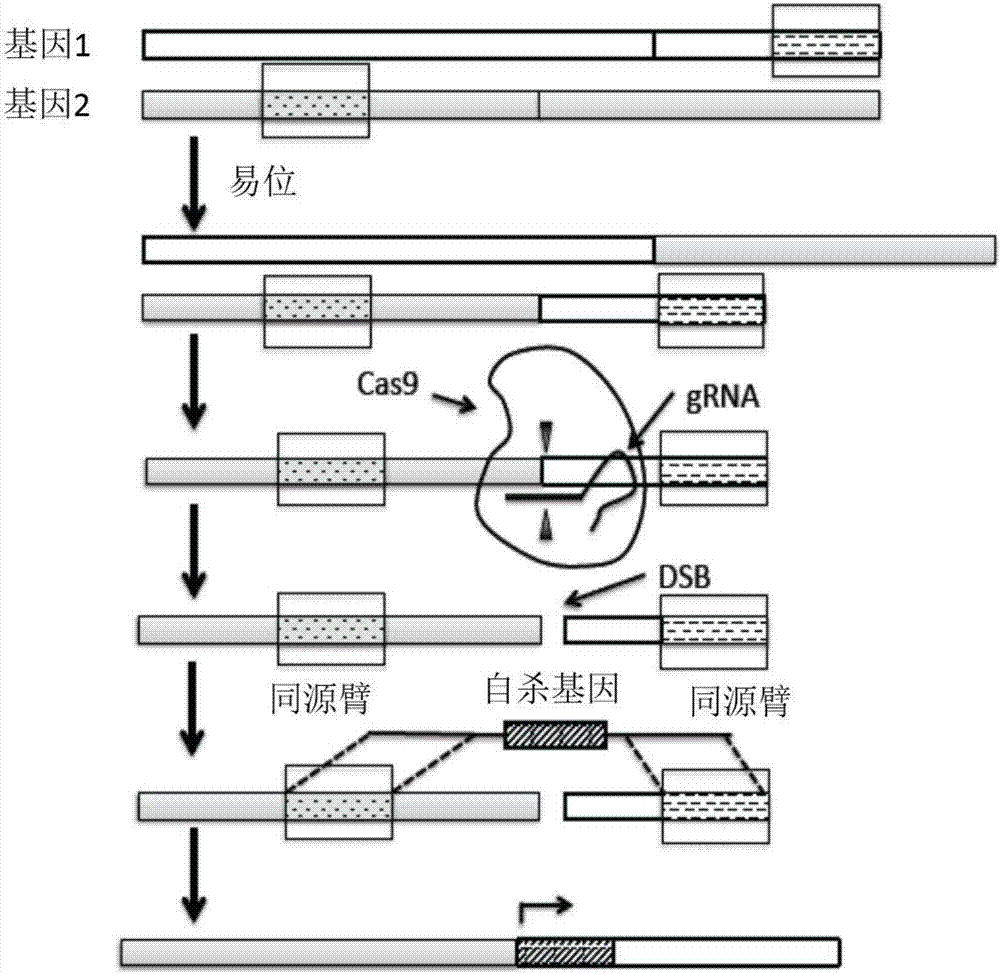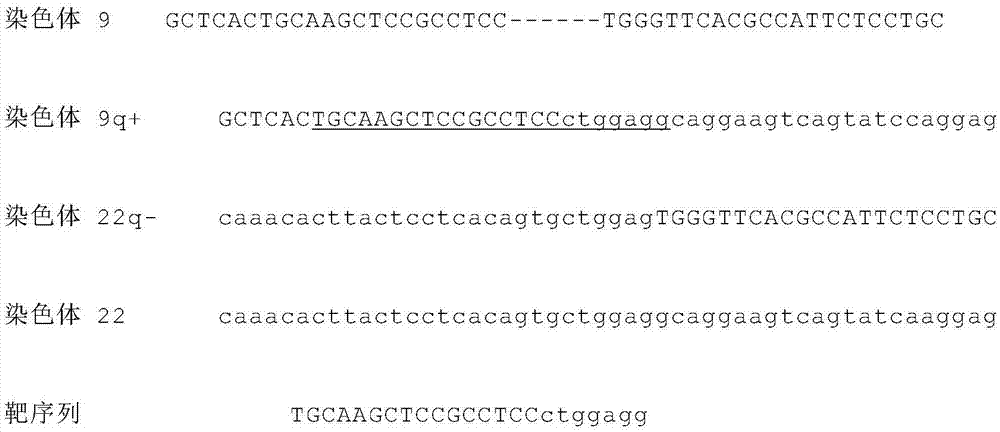Methods and compositions for selectively eliminating cells of interest
A composition and selective technology that can be used in drug combinations, chemical instruments and methods, biochemical equipment and methods, etc., to solve problems such as infertility
- Summary
- Abstract
- Description
- Claims
- Application Information
AI Technical Summary
Problems solved by technology
Method used
Image
Examples
preparation example Construction
[0075] Preparation of lipid:nucleic acid complexes, including targeted lipids (e.g., immunolipid complexes), is well known to those skilled in the art (see, e.g., Crystal, Science 270:404-410 (1995); Blaese et al. , Cancer GeneTher.2:291-297 (1995); Behr et al., Bioconjugate Chem.5:382-389 (1994); Remy et al., Bioconjugate Chem.5:647-654 (1994); Gao et al., Gene Therapy 2:710-722 (1995); Ahmad et al., Cancer Res. 52:4817-4820 (1992); US Pat.
[0076] Delivery of nucleic acids using RNA or DNA virus-based systems exploits the highly evolved process of targeting viruses to specific cells in the body and delivering the viral payload to the nucleus. Viral vectors can be administered directly to a patient (in vivo), or can be used to treat cells in vitro, and the modified cells can optionally be administered to a patient (in vivo). Traditional virus-based systems can include retroviral, lentiviral, adenoviral, adeno-associated, and herpes simplex virus vectors for gene transfer. ...
Embodiment 1
[0089] The following is an example of insertion of a suicide gene into a target sequence in a cell to induce cell death.
[0090] To test the functionality of the strategy disclosed in this application, HSV-TK was integrated into the AAVS1 (adenovirus-associated virus integration site 1) locus located in the PPP1R12C gene on chromosome 19 of HEK293T cells.
[0091] Preparation of Cas9 and gRNA expression constructs
[0092] Plasmid pX330 was obtained from Addgene (ID No: 48140), which contains two expression cassettes: a human codon-optimized S. pyogenes Cas9 expression cassette, and a U6 promoter-driven cassette expressing a single guide RNA. Target the encoding to two Cas9 targets, T1 and T2 (see figure 2 ), respectively cloned into the guide RNA expression cassette of the pX330 plasmid (see Ran et al. (2013) Genome engineering using the CRISPR-Cas9system, Nature Protocols8, 2281-2308).
[0093] Preparation of target plasmid containing HSV-TK gene
[0094] Use the Mu...
Embodiment 2
[0102] The following are examples of selective depletion of cells of interest. In this example, the HSV-TK gene was inserted into cells containing the prospacer sequence and the cells were induced to die.
[0103] The cells into which the GFP gene was inserted as disclosed in Example 1 also contained the prospacer 2 sequence (SEQ ID NO: 5) downstream of the GFP gene, which was used in this Example for insertion of the suicide gene. A guide RNA was designed based on the protospacer 2 sequence and inserted into the pX330 vector to generate the CRISPR plasmid pX330-p. The targeting vector was constructed as disclosed in Example 1 and contained the HSV-tk gene flanked by a 5' homology arm consisting of the GFP gene and the same 3' homology arm as used in Example 1. Therefore, if the target vector is inserted by homologous recombination, the expression of GFP will not be disturbed.
[0104] To show selective depletion of cells containing the prospacer, HEK293T cells inserted with...
PUM
 Login to View More
Login to View More Abstract
Description
Claims
Application Information
 Login to View More
Login to View More - R&D
- Intellectual Property
- Life Sciences
- Materials
- Tech Scout
- Unparalleled Data Quality
- Higher Quality Content
- 60% Fewer Hallucinations
Browse by: Latest US Patents, China's latest patents, Technical Efficacy Thesaurus, Application Domain, Technology Topic, Popular Technical Reports.
© 2025 PatSnap. All rights reserved.Legal|Privacy policy|Modern Slavery Act Transparency Statement|Sitemap|About US| Contact US: help@patsnap.com



